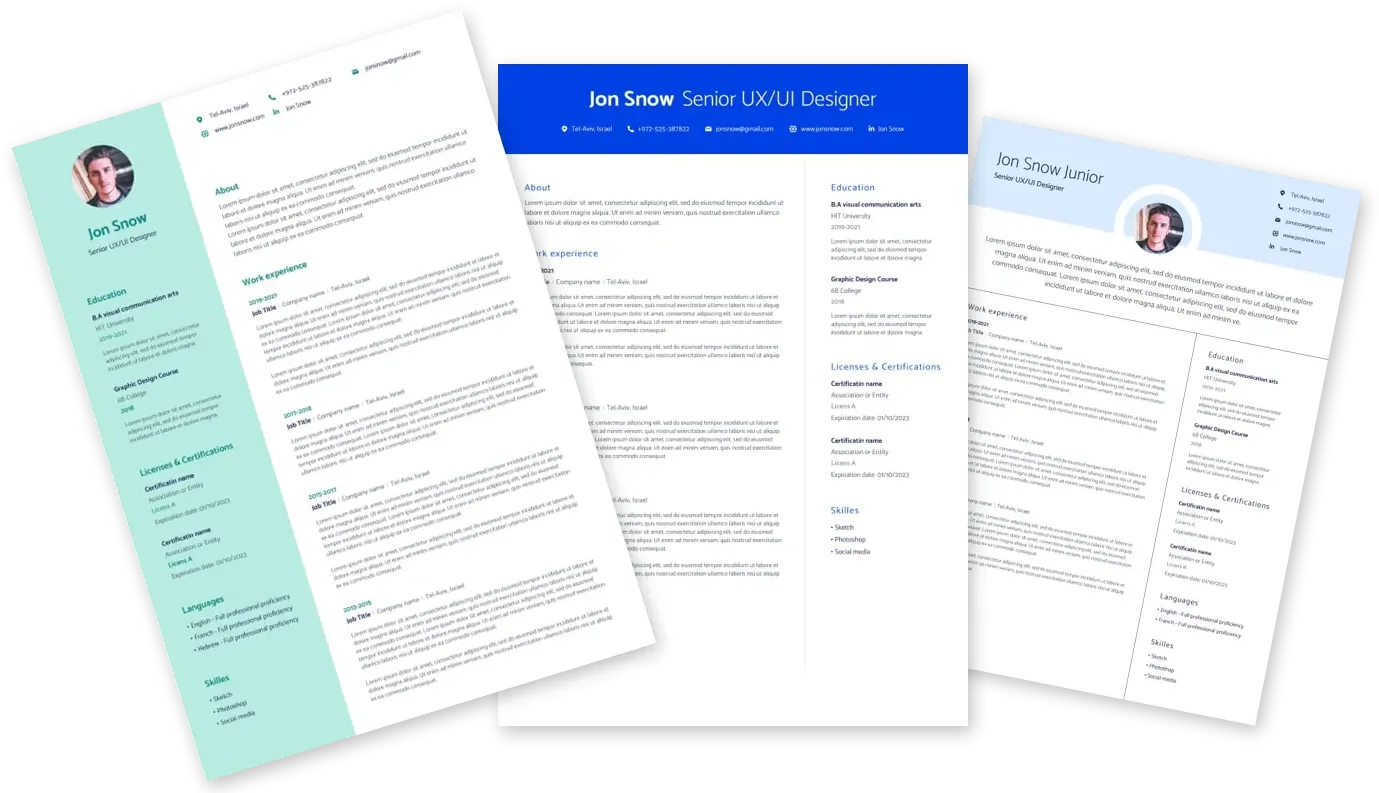
Finding the best job has never been easier

Walmart Senior Software Engineer United States, Arkansas, Bentonville 535272647
Share
What you'll do...
Knowledge Areas- Risk analysis methodologies
- Cost Analysis
- Business objectives
- Classification of requirements
- Domain Knowledge
- User stories concepts
- Functional / Non-Functional Requirements
- Scoping and Estimation
Explore relevant products/solutions from an existing repertoire to address business/technical needs. Assess gaps, updates, and modifications between customer/business expectations and existing products/solutions (specific to agile methodology iterations). Classify requirements into applicable types (e.g., Functional/Non-Functional, Derived/Imposed/Emergent). Anticipate solution risks/issues during requirements gathering, inform stakeholders, and recommend corrective steps. Contribute to the creation of user stories for components/applications (specific to agile methodology).
Knowledge Areas- Software architecture
- Distributed systems
- Scalability
- Design patterns
- Disaster Recovery
- Tech Stacks
- Minimum Viable Product (MVP)
- Non-Functional Requirements
- Detailed Design
Assist in designing solutions to ensure processes/applications work in tandem for specific components/modules. Evaluate trade-offs while designing components based on business requirements. Convert High-Level Design (HLD) into detailed designs using mock screens, pseudo codes, and detailed functional logic.
Coding Knowledge Areas- Coding standards and guidelines
- Coding languages (e.g., JavaScript, Python, C#)
- Frameworks (e.g., ActiveX, .Net, Cocoa, Android application framework)
- Tools (e.g., Monday.com, Linx, Embold)
- Platforms (e.g., Microsoft Azure, Apple iOS)
- Quality, Safety, and Security standards (e.g., PCI)
- Emerging tools and technologies
- Telemetry
- CI / CD
- Code Management Tools
- SDLC
- Secure SDL frameworks and tools
Create/configure simple, testable, maintainable code for entire components/applications. Ensure components meet business/technical, non-functional, low-maintainability, high-availability, and high-scalability needs. Assist in the selection of appropriate languages, development standards, and tools for software coding/configuration. Learn fundamentals of different coding languages and frameworks for future work. Build scripts for automation in CI/CD, Testing, or any other process. Implement telemetry features independently. Ensure security policy requirements are applied during code development/configuration.
Knowledge Areas- Test case preparation
- Test Objectives
- Test Strategy
- Test types
- Test tools (e.g., Selenium, Jira, Eggplant)
- Test Environment
- Root cause analysis
- Code Coverage
- Test Coverage
Map customer requirements into test objectives. Identify and create test cases for components/modules. Execute test cases to detect errors and defects. Perform distinct types of testing using appropriate tools.
Knowledge Areas- Program metrics
- Program Reporting, logging tools, and processes
- Continuous Integration/Continuous Deployment (CI/CD)
Ensure adherence to project milestones and timelines.
Knowledge Areas- Defect life-cycle process
- Defect tracking tools and methodologies
- Defect reporting
- Regression testing
- Root cause analysis
- Root cause corrective action
Track and analyze defects for components/modules. Perform regression testing to fix defects across code changes. Analyze past defects to avoid recurrence. Troubleshoot performance and availability bottlenecks.
Knowledge Areas- Different operating systems
- Software maintenance tools and techniques
- Application monitoring tools and techniques
- Debugging tools
- Mock screen
- Pseudocodes
- Reverse Engineering
- Traceability matrix
- System performance, security, integration
- Data migration and accessibility
- Design Methodologies
- Telemetry
Conduct complex maintenance procedures for applications. Monitor and evaluate application performance. Perform corrective, adaptive, and perfective maintenance and re-engineering activities. Analyze application logs, maintenance data, and performance metrics. Evaluate and validate change requests.
Expertise and Guidance- Provide expert advice and guidance in applying information and best practices.
- Support and align efforts to meet customer and business needs.
- Build commitment for perspectives and rationales.
- Implement business solutions by building relationships with stakeholders.
- Identify business needs and necessary processes.
- Monitor progress and capitalize on improvement opportunities.
- Adapt to competing demands, organizational changes, and new responsibilities.
- Model compliance with company policies and procedures.
- Support company mission, values, and standards of ethics and integrity.
- Use the Open Door Policy and assist others in executing business processes and practices.
- Model Walmart values to foster our culture.
- Hold oneself accountable.
- Support Walmart's commitment to communities, corporate social responsibility, and sustainability.
- Promote the highest standards of integrity, ethics, and compliance.
- Be consistently humble, self-aware, honest, and transparent.
- Demonstrate curiosity and a growth mindset.
- Support innovation and intelligent risk-taking.
- Exhibit resilience in the face of setbacks.
- Implement and support continuous improvements.
- Embrace new digital tools and ways of working.
- Deliver results while prioritizing the customer.
- Apply an omni merchant mindset and the EDLP and EDLC business models to plans.
- Adopt a broad perspective considering data, analytics, customer insights, and different business parts when making plans.
- Embrace diversity in all its forms.
- Actively support diversity of ideas, perspectives, and diversity goal programs.
- Build strong and trusting relationships with team members and business partners.
- Work collaboratively and cross-functionally to achieve objectives.
- Communicate with energy and positivity to motivate and inspire commitment and action.
- Contribute to an environment allowing everyone to bring their best selves to work.
- Demonstrate engagement and commitment to the team.
- Recognize others' contributions and accomplishments.
For information about PTO, see
Eligibility requirements apply to some benefits and may depend on your job classification and length of employment. Benefits are subject to change and may be subject to a specific plan or program terms.For information about benefits and eligibility, see
The annual salary range for this position is $90,000.00-$180,000.00 Additional compensation includes annual or quarterly performance bonuses. Additional compensation for certain positions may also include: - Stock Minimum Qualifications...Preferred Qualifications...
These jobs might be a good fit
